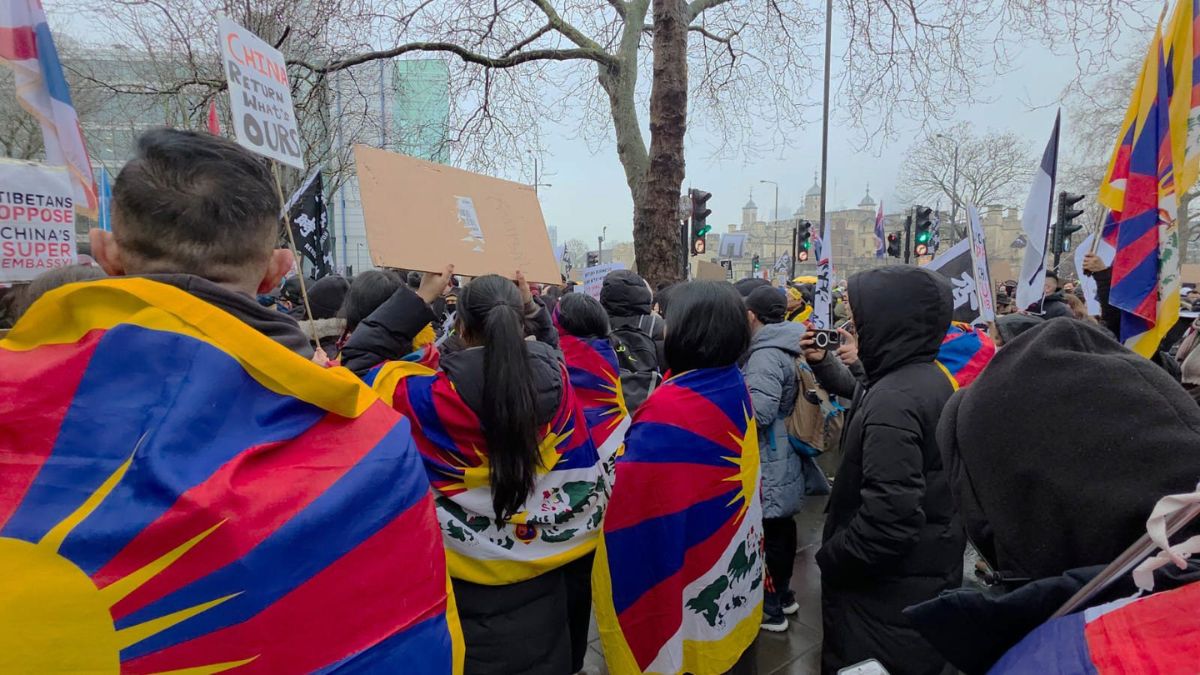Tibet once again came into focus at the United Nations Human Rights Council as democratic countries called on Beijing to halt its systematic repression and cooperate with international human rights bodies. The statements came during the council’s 60th session in Geneva, where references to Tibet were joined by concerns over East Turkestan (Xinjiang) and Hong Kong.
For Tibetans in exile, such interventions carry symbolic weight. They highlight the gap between the self-governing democracy nurtured in Dharamshala since 1960 and the suffocating restrictions endured by those still under Chinese rule. The session underscored both the persistence of international concern and Beijing’s refusal to acknowledge that Tibetan culture, religion, and political expression are under siege.
What did countries raise at the UN session?
The European Union called for the release of Tibetan human rights defenders and pressed China to implement recommendations made by the Office of the High Commissioner for Human Rights (OHCHR). Australia emphasised that governments must not interfere in the selection of religious leaders, pointing directly to the Dalai Lama’s succession.
Finland, Ireland, Denmark, Sweden, Switzerland, Japan, and the United Kingdom raised concerns about cultural and religious repression in Tibet, arbitrary detentions, surveillance, and censorship. Several states urged Beijing to engage with UN treaty bodies and follow the recommendations of the Universal Periodic Review.
The cumulative effect was a consistent message: Tibet remains central to the global debate on China’s human rights record.
Why is Tibet central to human rights concerns?
Tibet declared independence in 1913, but China occupied the territory in 1950, compelling the Tibetan government to sign the Seventeen-Point Agreement recognising Chinese sovereignty in exchange for autonomy. That autonomy was never honoured. By 1959, repression had intensified, sparking a mass uprising in Lhasa and forcing the Dalai Lama into exile in India.
Since then, Tibetans in exile have built democratic institutions under the Central Tibetan Administration (CTA), while those inside Tibet face policies aimed at “cultural assimilation”— a euphemism masking the genocide of Tibetan culture.
These policies include Chinese boarding schools designed to weaken Tibetan language, demolition of monasteries, restrictions on religious practice, and surveillance of monks and nuns. Reports of arbitrary arrests and self-immolations reflect the desperation of those resisting Beijing’s control.
What are the implications of these calls?
The CTA has long used platforms such as Tibetan Democracy Day and international forums to urge governments to stand against what it calls China’s “cultural genocide.” The recent UNHRC session amplified these appeals, with countries urging sanctions, international resolutions, and greater scrutiny of Beijing’s conduct.
Yet the challenge lies in translating words into action. China’s refusal to cooperate with UN mechanisms leaves much of the international pressure at the level of statements, while repression in Tibet continues. Still, the repeated calls from a wide spectrum of democratic states signal that Tibet’s struggle for dignity and autonomy has not been forgotten on the world stage.
